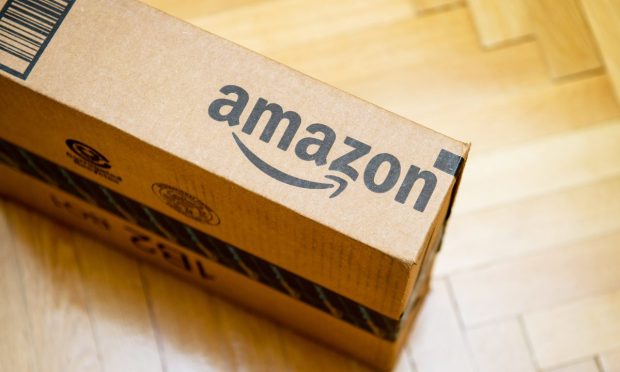Amazon’s Third-Party Seller Services Segment Logs 20% Growth

Amazon’s results showed slowing eCommerce growth, but the firm logged double-digit gains in third-party seller services as it continues to build out its ecosystem.
As detailed in the company’s earnings release, net sales at online stores were up 3%, at $51.1 billion. Nearly 26 million customers ordered items with Same-Day Delivery in the quarter, an increase of 50% compared to last year.
Sales at physical stores surged by 7%, to $4.9 billion.
But it was in the third-party sellers and subscription lines of business where the company saw its most pronounced gains. Third-party seller services, as a segment, logged 20% gains, excluding the impact of foreign exchange, to $29.8 billion.
CFO Brian Olsavsky said that Sellers comprised 59% of overall unit sales in Q1, up from 55% one year ago.
Subscription services, also on an currency-neutral basis, were 17% higher to $9.6 billion.
Olsavsky said that “advertising was a strong growth during the quarter at 23%, and that is continuing to hold up very well in an environment where perhaps the underlying sales of products is slowing.”
Consumers Showing Caution
Olsavsky said that, with a nod towards the slowing eCommerce spending, “The uncertain economic environment and ongoing inflationary pressures continue to be a factor, and we believe it’s continuing to drive cautious spending across consumers.”
Consumers, he said, are stretching their budgets, and have moderated their spending on discretionary categories, shifting to lower priced items. Consumables are seeing strong demand, according to management commentary on the call.
Grocery, especially, demands a greater physical presence. CEO Andy Jassy said on the call that, with Amazon Fresh, “We wish we were further along at this point. We’ve tried lots of ideas. We haven’t yet found conviction around format that we want to go expand much more broadly. We have a set of experiments and, ideas and concepts that we’re working on across our dozens of stores there.”
AWS and AI
During other remarks on the conference call, Jassy said, echoing previous commentary, that “given the unexpected surge and demand during the pandemic,” the company doubled the size of its fulfillment center footprint and “largely built a transportation network the size of UPS.” And in recent months the company has been moving from a national fulfillment network to a regional one in the U.S, stating that “shorter travel distances means lower cost to serve and customers getting their orders faster.”
Jassy also said that “We’re still very early in our efforts to find a way to thoughtfully place ads in our broader video, live sports, audio and grocery properties. We have a lot of upsides still in advertising in AWS.” Overall AWS sales, the company said, stood at $21.4 billion, up 16%.
Noting that there’s also been some caution on the part of enterprise clients, Jassy said, “One of the big advantages of the cloud is that if you grow quickly, you can seamlessly scale up. But when you don’t have that demand, you can give it back to us and stop paying for it.” Olsavsky said that the enterprise pullback on spending has continued into April, with revenue growth rates 5% lower than had been seen during the March quarter.
In response to analyst questions about the long-term potential of artificial intelligence (AI) and large language models, Jassy said that “It’s useful to remember that we have had pretty substantial investment in machine learning for 25-plus years at Amazon. It’s deeply ingrained in virtually everything we do. … It fuels our personalized eCommerce recommendations. It drives the pick paths in our fulfillment centers. We have it in our ghost stores, we have it in our Prime, our drones, it’s obviously in Alexa and AWS.” On that last point, he said that many companies will want to use Amazon’s foundational models and have the ability to customize them for their own proprietary data and customer experiences.
Jassy also called out healthcare and Kuiper as areas ripe for expansion, as he’d noted in his annual letter. “If we’re successful with primary care and with health and with pharmacy, there are a lot of other things we can help customers with as well. So we think that’s a big opportunity,” he told analysts.
